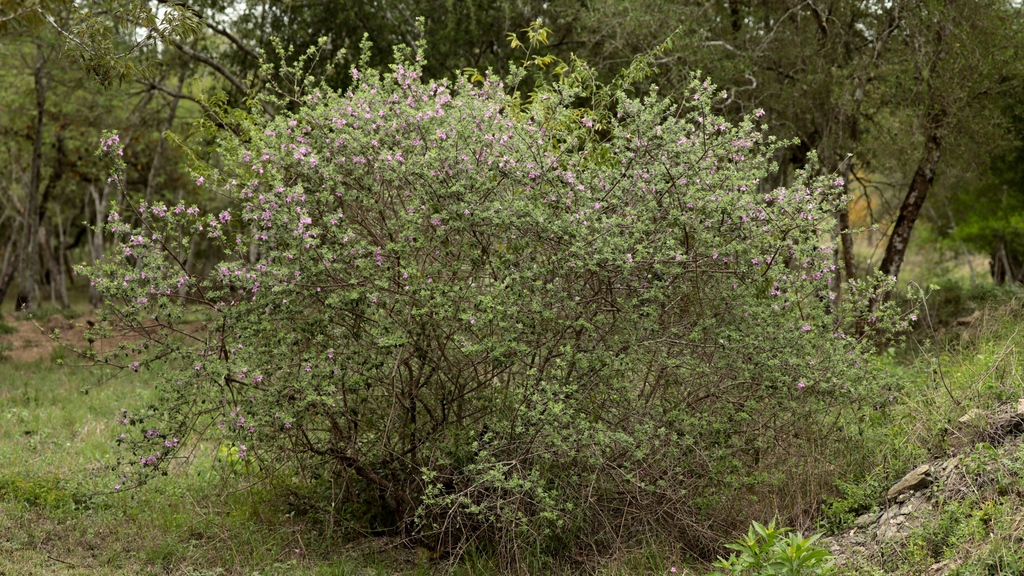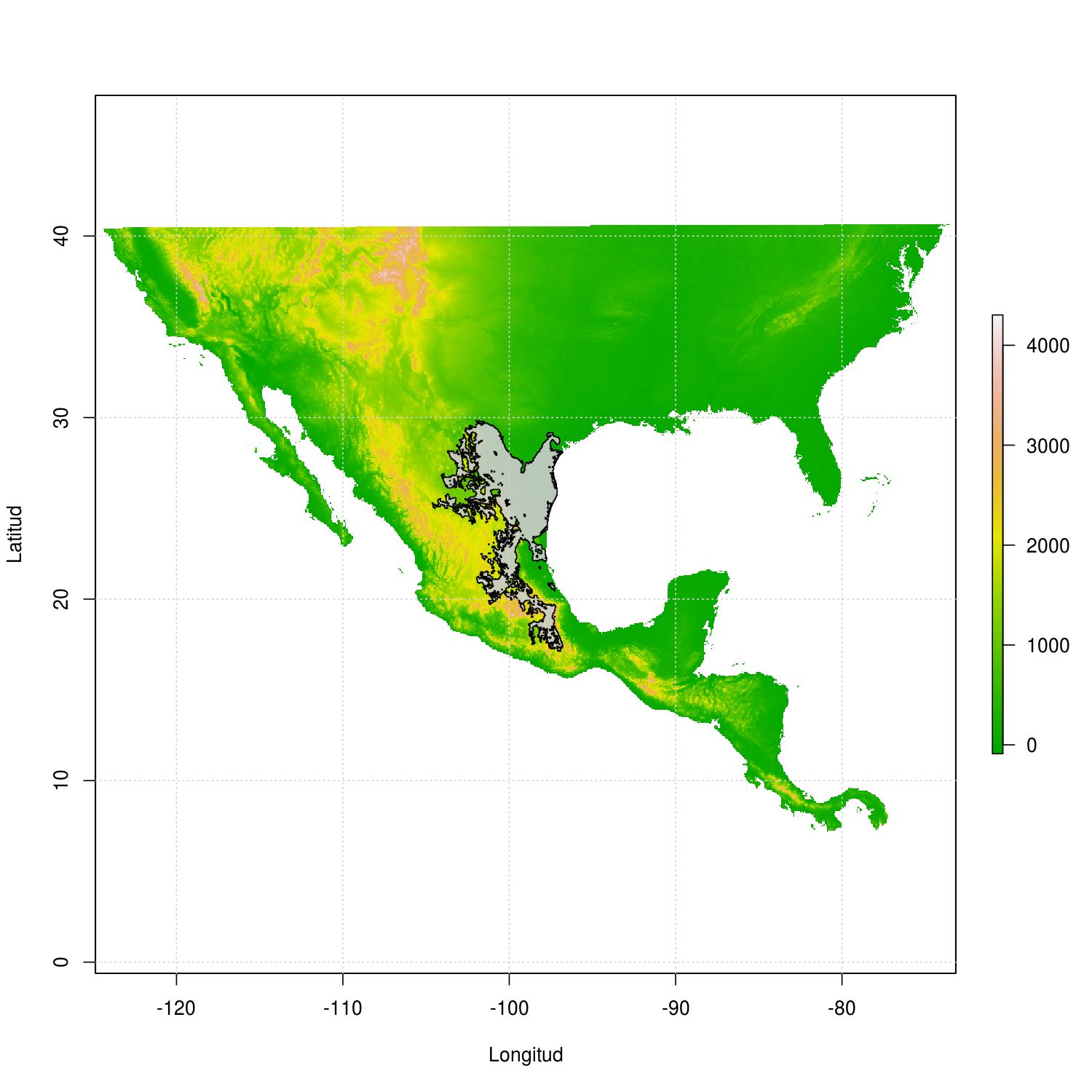
Nombre común: Cenizo (Naturalista, 2019)
Reino: Plantae
Phylum: Tracheophyta
Clase: Equisetopsida
Orden: Lamiales
Familia: Scrophulariaceae
Sinomimias: Leucophyllum frutescens, Leucophyllum texanum
Nombre científico: Leucophyllum frutescens
Autor: (Berland.) I.M. Johnst., 1924
Forma Crecimiento: Arbustiva
Categoría de riesgo de acuerdo a la NOM-059-SEMARNAT-2010: No disponible
Categoría de riesgo de acuerdo a la IUCN: No disponible
Uso Medicinal: La principal propiedad medicinal de esta planta es como laxante suave, fiebre (Alvarado, 2010), pero tambíen se utiliza para tratar problemas de turberculosis(Molina-Salinas, 2007) y antimicrobiano (Alanis-Garza, 2012), Hepatoprotector (Balderas, 2007; Estrada-Castillón, 2017)
Uso cosmético: No disponible
Uso alimenticio: Se puede consumir cruda como una verdura en ensalada ya que su sabor no es tan agradable pero tiene cualidades nutritivas.
Toxicidad humana o animal:No disponible
Fitoquimíca: Se aisló el furanolignano 2',5"-dimetoxisesamin del extracto hexánico de la corteza de la raíz de Leucophyllum frutescens (Alanís-Garza et al., 2012). Diterpeno (leubethanol) con actividad antituberculosis (Molina-Salinas, 2011)
Población o grupo humano asociado: Monterrey, Nuevo León, Tamaulipas(Alvarado, 2010)
Distribución
Galería
Referencias:
Alanís-Garza, B., Salazar-Aranda, R. Ramírez-Durón, R., Garza-González, E., Waksman de Torres, N. .2012. A new antimycobacterial furanolignan from Leucophyllum frutescens. Nat Prod Commun. 7(5): 597-8.
Alvarado, V.M.A., Rocha, E.A., Moreno, L.S. 2010., De la lechuguilla a las biopelícuylas vegetales. Las plantas útiles de Nuevo León. Universidad Autónoma de NUevo León, Monterrey, México.
Balderas, R.I., Camacho, C.M.R., Carranza, R.P., Lozano, G.H.G., Castillo, N.D., Alvarez, M. 2007. Hepatoprotective effect of Leucophyllum frutescens on wistar albino rats intoxicated with carbon tetrachloride. Ann Hepatol. 6: 251–254.
Estrada-Castillón, E., Villareal-Quintanilla, J.A., Rodríguez-Salinas, M.M., Encinas-Domíngues, J.A., González-Rodríguez, H., Romero-Figueroa, G., Arevalo, J.R. 2017. Ethnobotanical survey of useful species in Bustamante, Nuevo León, México. Human Ecology 46: 117-132.
Molina-Salinas, G.M., Pérez-López, A., Becerril-Montes, P., Salazar-Aranda, R., Said-Fernández, S., de Torres, N.W. 2007.Evaluation of the flora of northern Mexico for in vitro antimicrobial and antituberculosis activity. J Ethnopharmacol. 109(3): 435-441.
Molina-Salinas, G.M., Rivas-Galindo, V.M., Said-Fernández, S., Lankin, D.C., Muñoz, M.A., Joseph-Nathan, P., Pauli, G.F., Waksman, N. 2011. Stereochemical analysis of leubethanol, an anti-TB-active serrulatane, from Leucophyllum frutescens. J. Nat. Prod. 74 (9): 1842–1850.
Bases de datos consultadas:
The Plant List (TPL) http://www.theplantlist.org/
The International Plant Names Index (IPNI) https://www.ipni.org/
El Sistema Nacional de Información sobre Biodiversidad (SNIB) de la Comisión Nacional para el Conocimiento y Uso de la Biodiversidad (CONABIO) http://www.snib.mx/
Global Biodiversity Information Facility (GBIF) https://www.gbif.org/
Naturalista-CONABIO https://www.naturalista.mx/

